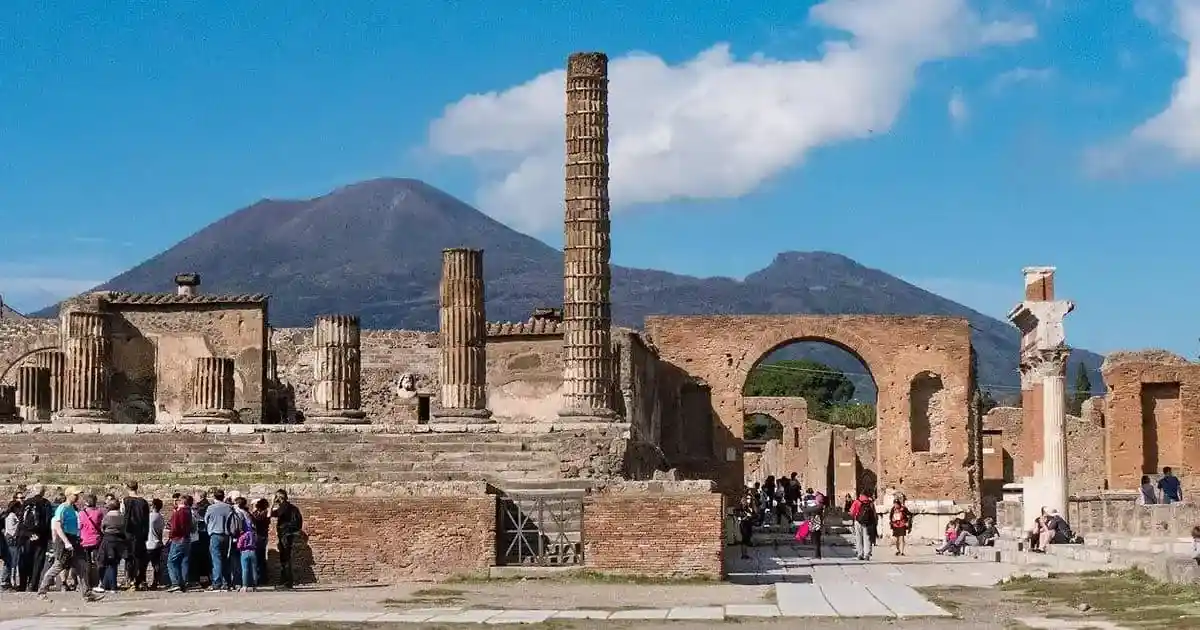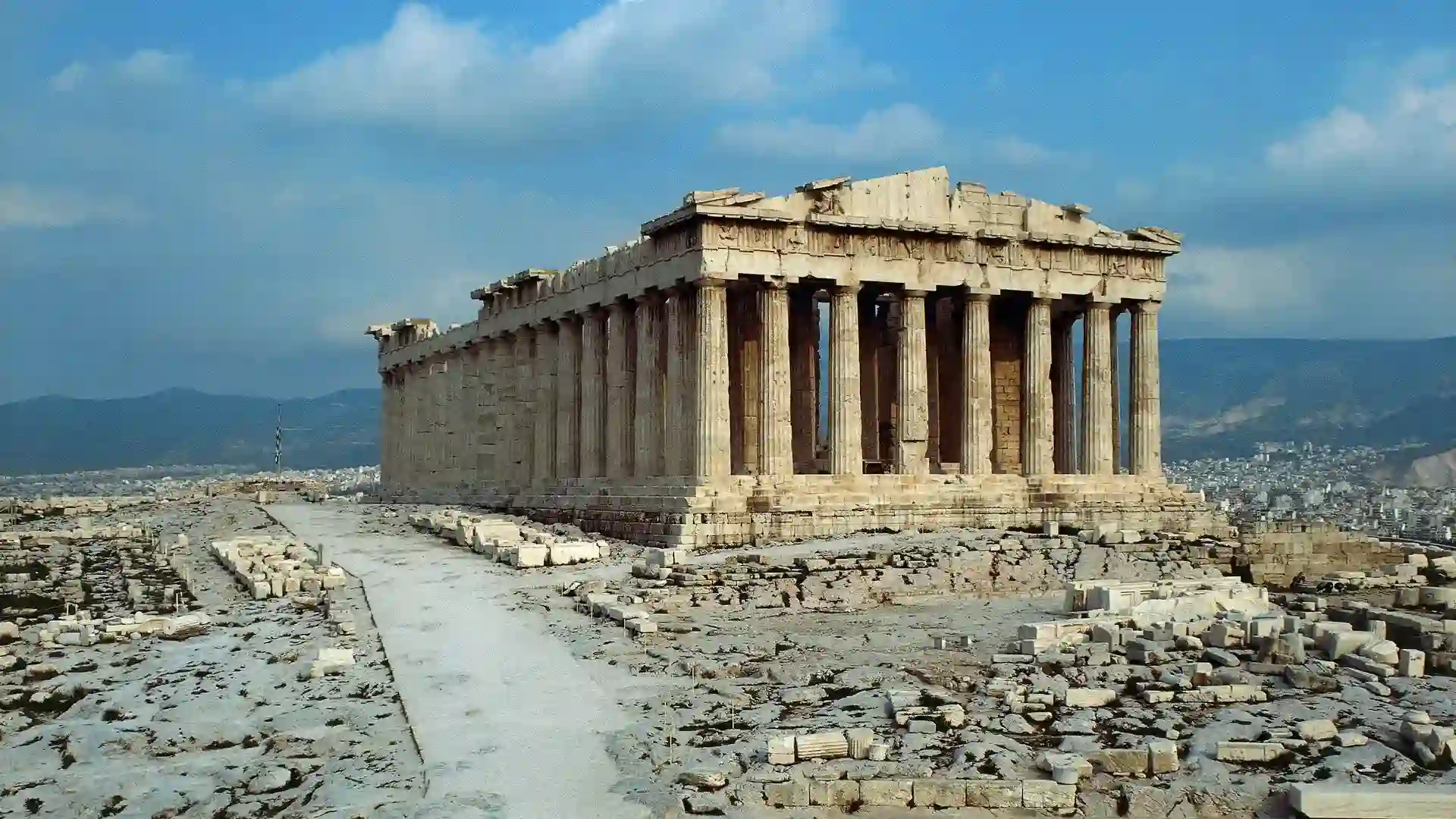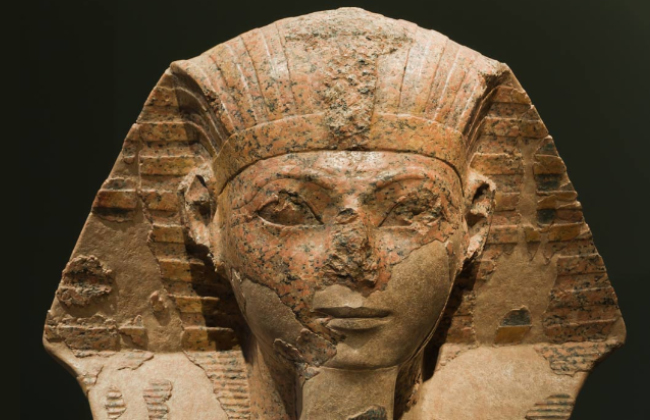Introduction: Nestled at the base of Mount Vesuvius, Pompeii stands as a haunting reminder of a bygone era. This ancient Roman city, frozen in time by the catastrophic eruption of 79 AD, continues to captivate and intrigue visitors from around the globe. As we peel back the layers of history, we delve into the enigmatic story of Pompeii, exploring its fascinating ruins, cultural significance, and the enduring legacy it holds.
- The City that Sleeps: Pompeii’s Unearthly Fate Pompeii met its demise when Mount Vesuvius unleashed its fury, burying the city beneath layers of ash and pumice. The catastrophic eruption preserved the city in a unique and poignant manner, encapsulating a snapshot of life in the first century AD. Today, the well-preserved ruins offer an astonishing glimpse into ancient Roman civilization.
- Time Capsule of Roman Life: A Window into the Past Walking through the cobblestone streets of Pompeii is akin to stepping back in time. The city’s remarkably intact ruins provide an immersive experience, allowing visitors to witness the daily lives of its inhabitants. From the grand villas to the bustling marketplaces and intricate frescoes adorning the walls, Pompeii offers an unparalleled opportunity to understand Roman society and culture.
- Architectural Marvels: Preserving Ancient Roman Engineering Pompeii’s architectural achievements continue to astound modern observers. The city boasts an array of impressive structures, including the iconic amphitheater, the grand Temple of Apollo, and the opulent House of the Faun. These architectural marvels showcase the ingenuity and craftsmanship of the Romans, leaving us in awe of their engineering prowess.
- Art and Beauty Amidst the Ruins: The Pompeian Artistic Legacy Pompeii was not only a thriving city but also a hub of artistic expression. The preserved frescoes, mosaics, and sculptures found within the ruins are a testament to the exquisite artistic talent of the time. From intricate depictions of mythological scenes to vivid portraits of everyday life, the art of Pompeii offers an intimate glimpse into the aesthetic sensibilities of ancient Rome.
- Unveiling Pompeii’s Secrets: Ongoing Discoveries and Research Despite being one of the most extensively excavated archaeological sites in the world, Pompeii continues to yield new discoveries and insights. Ongoing research and excavations have shed light on previously unknown aspects of life in Pompeii, unraveling its mysteries and enhancing our understanding of the ancient world.
- Preservation Efforts and Challenges: Guardians of a Lost City Preserving the fragile ruins of Pompeii is a constant battle against the elements and the passage of time. Efforts have been made to protect the site from further deterioration, including the construction of shelters and conservation measures. However, the challenges of maintaining such a vast archaeological site are immense, necessitating ongoing vigilance and funding.
- The Everlasting Legacy: A Symbol of Resilience Pompeii’s enduring legacy extends beyond its tragic fate. It serves as a reminder of the fragility of human existence and the unstoppable forces of nature. The city’s resilience in the face of disaster and its subsequent preservation stand as a testament to the indomitable spirit of humanity.
Conclusion: Pompeii, frozen in time and shrouded in mystery, continues to mesmerize and inspire visitors centuries after its tragic demise. This ancient city offers a rare opportunity to explore the past, unravel the enigmatic story of the Romans, and reflect upon the fleeting nature of human existence. As we walk through its streets and contemplate its ruins, Pompeii invites us to ponder our place in history and to appreciate
![]()





